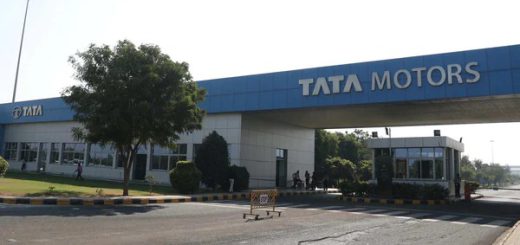How to Prevent Late Shipments That Damage Your Brand?
In today’s fast-paced and highly competitive business landscape, timely delivery is crucial for maintaining customer satisfaction and preserving your brand’s reputation. Late shipments can have detrimental effects on your brand, leading to disappointed customers, negative reviews, and potential loss of business. To help you avoid late shipments and ensure smooth operations, we have compiled seven essential tips that will help you optimize your logistics processes and deliver products on time, every time.
7 Essential Tips to Optimize Your Late Shipments
-
Plan and Optimize Scheduling
One of the key factors in avoiding late shipments is effective planning and scheduling. Start by analyzing your historical data to identify peak seasons, order patterns, and potential supply chain bottlenecks. With this information, you can create a realistic schedule that accounts for increased demand, ensuring you have enough inventory to promptly meet customer orders.
Collaborate closely with your suppliers and logistics partners to establish clear communication channels and set realistic lead times. By aligning your schedules, you can minimize delays and ensure a smooth flow of goods from production to delivery.
-
Invest in Efficient Warehouse Management Systems
A well-organized warehouse is essential for efficient order fulfillment. Implementing an advanced warehouse management system (WMS) can significantly improve your logistics operations. A WMS helps streamline inventory management, optimize space utilization, and enhance picking and packing processes. With real-time visibility into stock levels and order statuses, you can proactively address any potential bottlenecks and avoid delays.
-
Embrace Technology and Automation
Automation plays a vital role in minimizing errors and expediting order processing. Implementing automated systems, such as barcode scanning, RFID tracking, and automated sorting, can reduce manual handling and improve accuracy. However, by leveraging technology, you can streamline your operations, reduce processing times, and ensure faster order fulfillment.
Investing in a robust order management system (OMS) can also enhance your efficiency by automating order processing, tracking, and customer notifications. Also, with an OMS, you can centrally manage orders, track shipments, and provide customers with real-time updates, ensuring transparency and reducing inquiries.
Also Read:- 8 Key Elements for Achieving Your Logistics Target
-
Maintain Strong Relationships with Suppliers
Your suppliers play a crucial role in the timely delivery of your products. Develop strong relationships with your suppliers to ensure open communication and collaboration. Regularly communicate your requirements, lead times, and quality standards to them to align expectations. By maintaining strong relationships, you can address any potential supply chain disruptions promptly, minimize delays, and ensure a steady flow of goods.
However, consider implementing vendor-managed inventory (VMI) or consignment programs with trusted suppliers. These programs allow suppliers to monitor and replenish your inventory levels, reducing stockouts and delays risk.
-
Optimize Transportation and Logistics
Efficient transportation and logistics are essential for avoiding late shipments. Choose reliable carriers and logistics providers who have a proven track record of on-time deliveries. However, regularly evaluate their performance and consider alternative providers if necessary.
Utilize route optimization software to plan the most efficient delivery routes, minimizing travel time and fuel consumption. Real-time tracking technologies, such as GPS, allow you to monitor shipments and proactively address any potential issues or delays.
-
Monitor and Analyze Key Performance Indicators
Monitoring and analyzing key performance indicators (KPIs) is essential for identifying areas of improvement and ensuring timely delivery. Track metrics such as on-time delivery rate, order cycle time, and warehouse productivity to measure your performance regularly. Also, analyze the data to identify trends, spot bottlenecks, and implement corrective actions.
Consider implementing a continuous improvement program, such as Lean Six Sigma, to drive operational excellence. However, by leveraging data and process optimization methodologies, you can streamline your operations and eliminate waste, reducing the risk of late shipments.
-
Proactively with Customers
Transparency and communication are vital for managing customer expectations and avoiding dissatisfaction due to late shipments. Provide customers with accurate tracking information and estimated delivery dates. If any delays occur, promptly notify customers and provide alternative solutions or compensation when appropriate. However, proactive communication can help salvage customer relationships and minimize the impact of late shipments on your brand’s reputation.
Also Read:- Five key Competencies for efficient Transport Logistics
Conclusion
Avoiding late shipments is crucial for maintaining customer satisfaction and protecting your brand’s reputation. By implementing these seven tips, you can optimize your logistics processes, streamline operations, and ensure on-time delivery. However, effective planning, efficient warehouse management, leveraging technology, strong supplier relationships, optimized transportation, monitoring KPIs, and proactive customer communication will help you avoid late shipments and build a strong brand that customers trust. Moreover, remember that timely delivery is a competitive advantage that can set your brand apart and drive customer loyalty.




Recent Comments